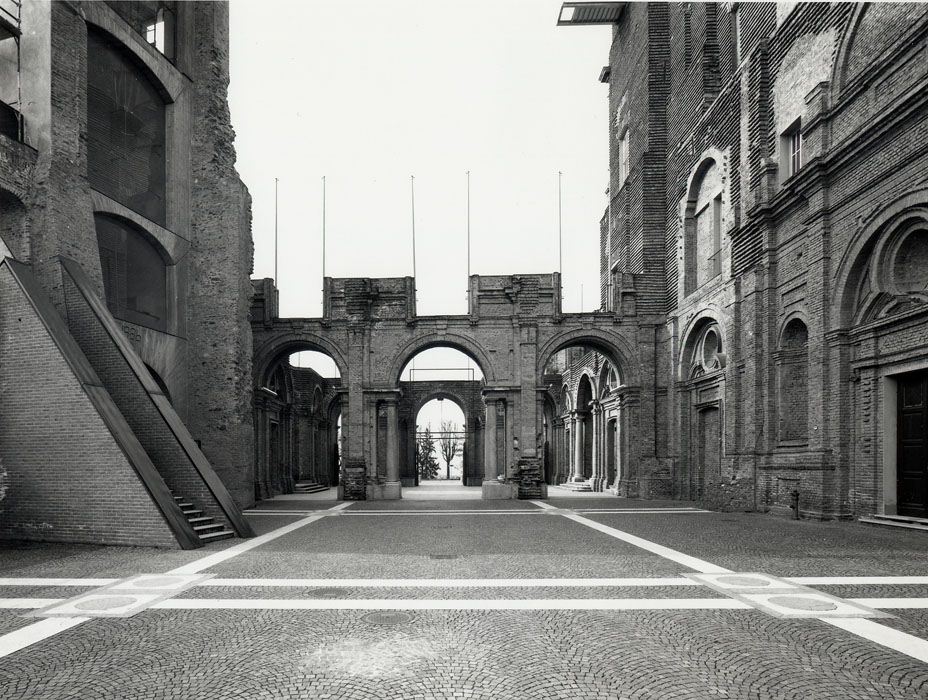1996
CASTELLO DI RIVOLI (Untitled) by Max Neuhaus. Collection: Castello di Rivoli, Turin, Italy, Extant: 1996–Present
Sound work references: Collection: Castello di Rivoli, Turin, Italy
Location: Piazza di Castello. Dimensions: 8 x 4 x 2 meters; 8 x 4 x 2 meters
